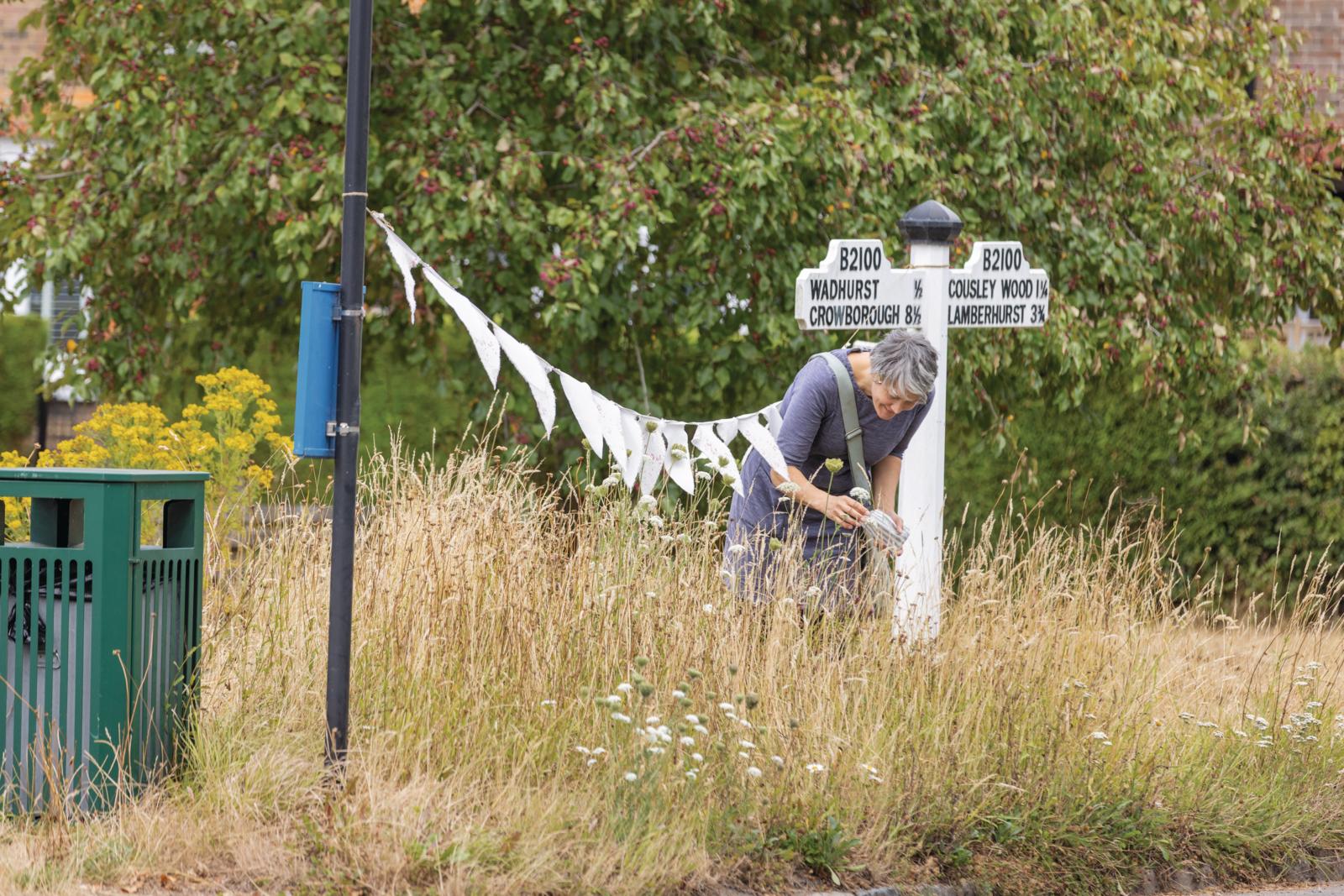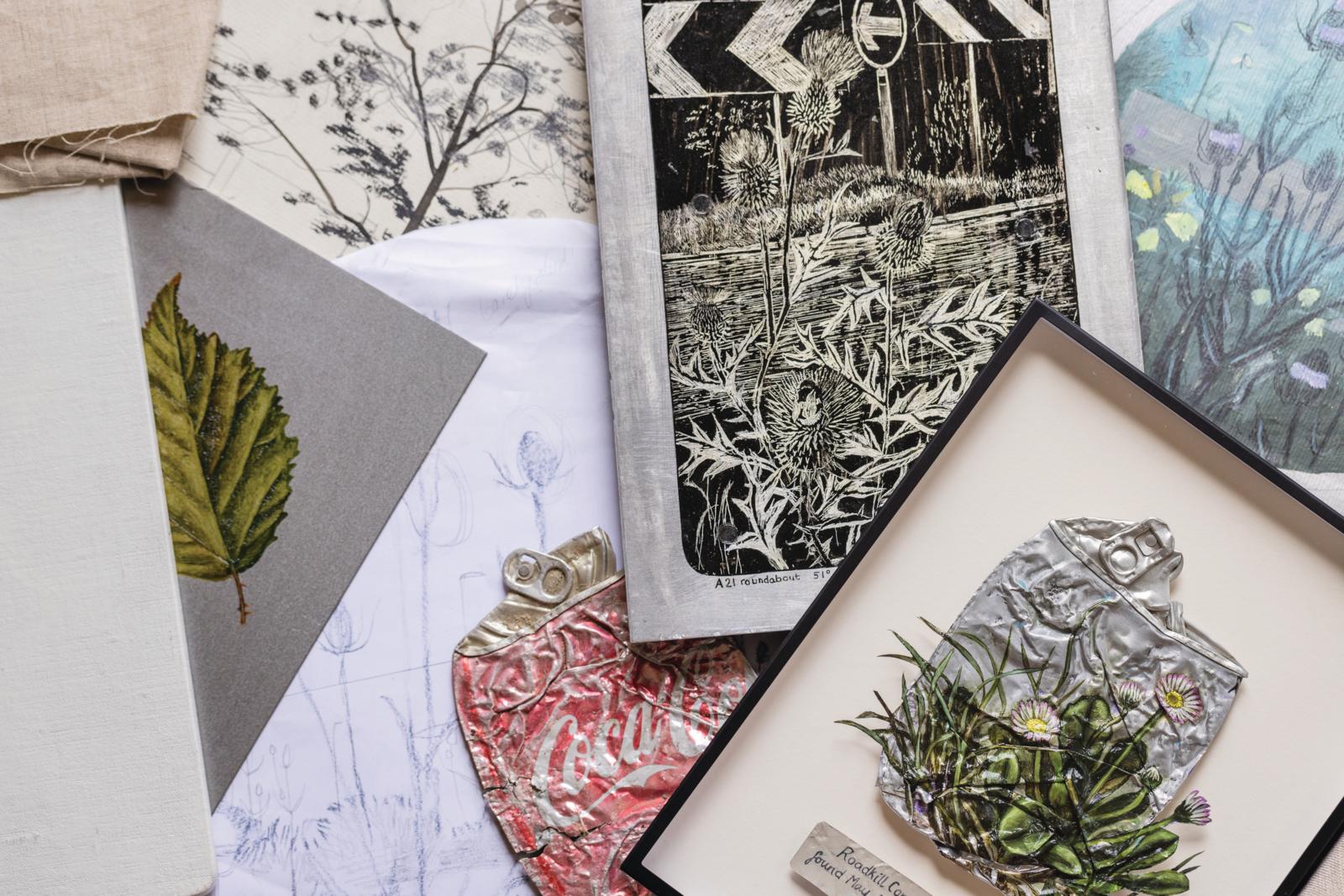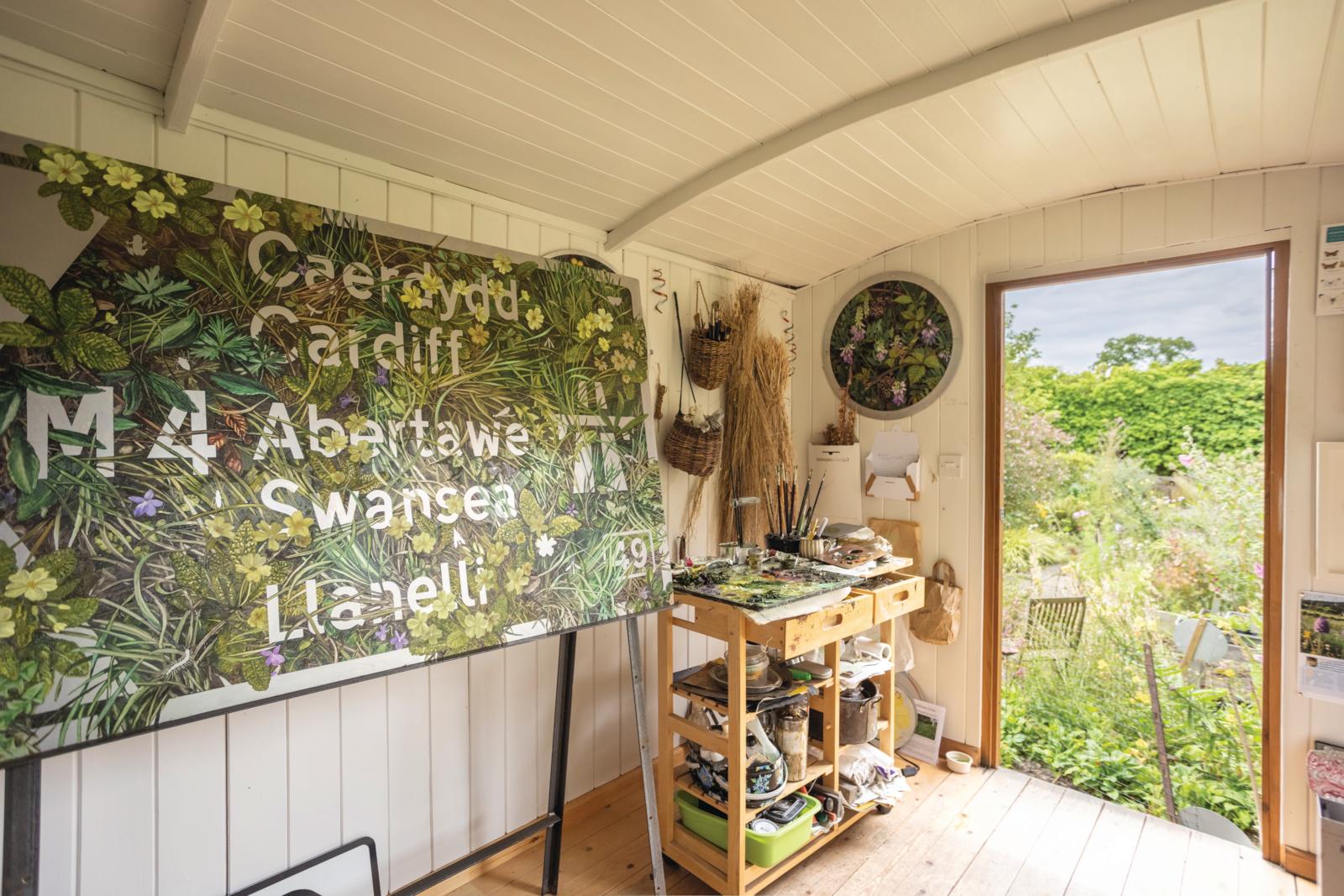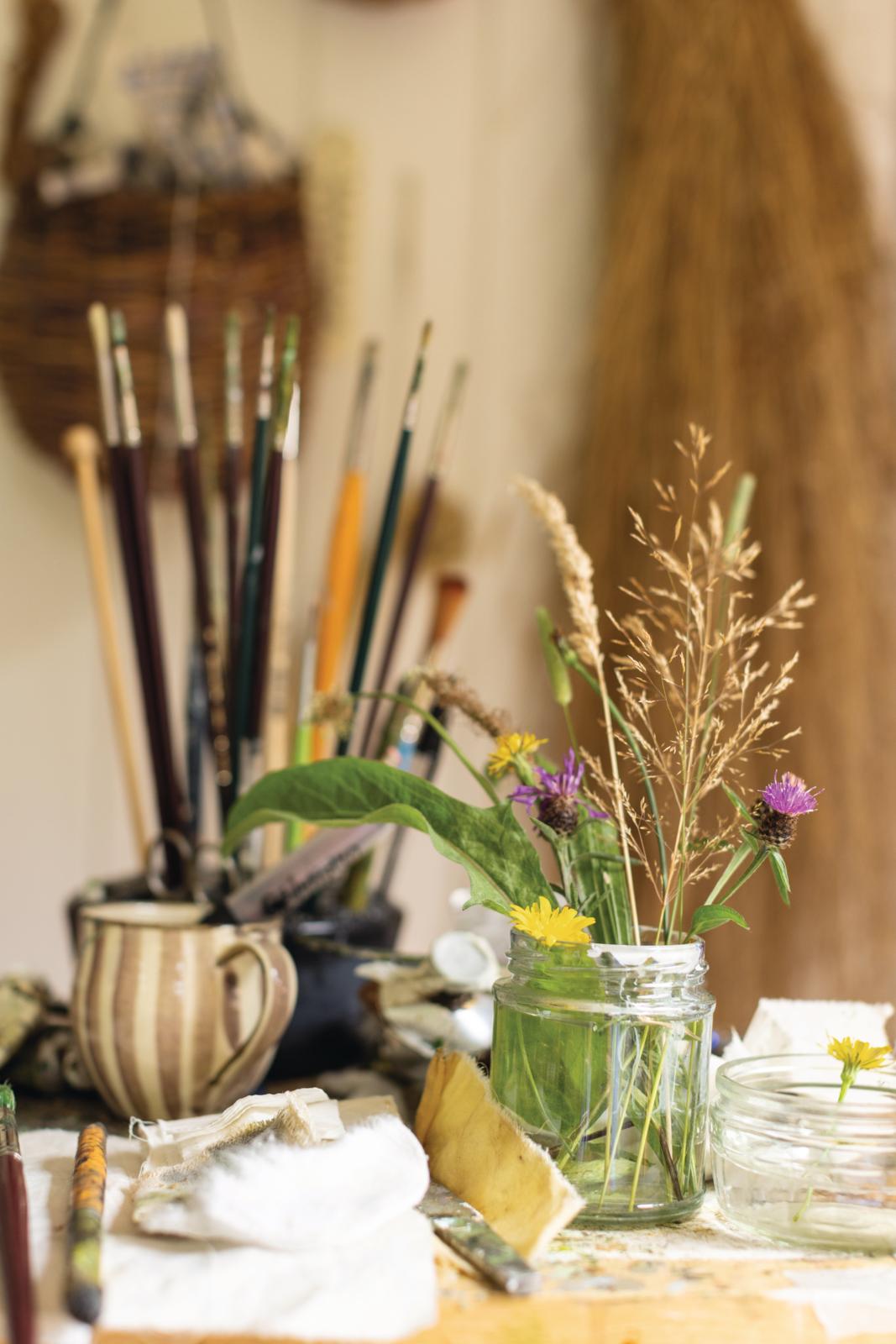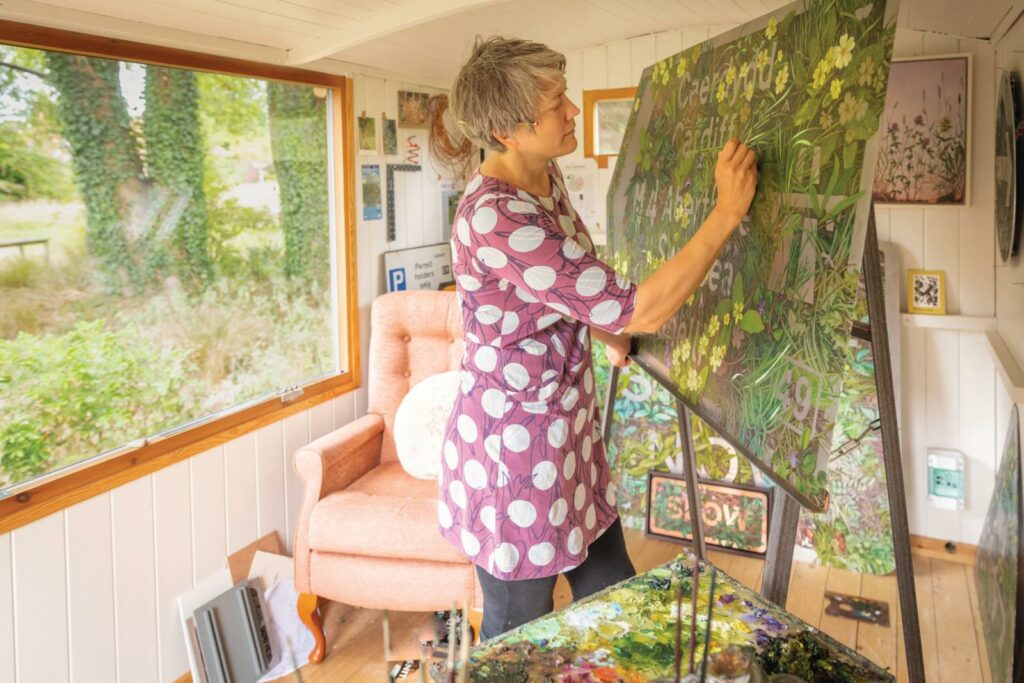
Signs of the times
Bursting with colour and wildlife, verges might one day form a national network of linear nature reserves… if spared the strimmer. Sussex artist Nessie Ramm champions the beauty of the roadside verge by painting wildflowers on road signs
Artist Nessie Ramm has always been obsessed with plants. “My mother said I didn’t walk until I was two,” she says, “because I had to crawl to explore the garden up close.”
Yet it was only after a degree in natural sciences at Cambridge and an MA in fine art that a hike over the South Downs gave her work its signal focus. She was looking for wildflowers to paint in the big open fields of the Downs, but found none. Forced to walk across the A24 to get home, she discovered an abundance of cowslips on the verge – and a life’s mission.
“On that unloved, unphotographed, ungroomed bit you’re not meant to see, I found the richest biodiversity I’d seen all day,” she says. “I was just filled with the irony and the injustice of that: the way nature has been pushed to the boundaries; that we use the prime land for ourselves and nature is banished to the bits we don’t value. I just thought this is not good enough, and I had to do something.”
Nessie painted plants for her MA, but even then wanted to show something more than pretty flowers put in a vase, so she painted a lawn in close up, with all the jungly, tangle- and-scramble of things that happen at a tiny scale and that we’re not aware of if we don’t look closely. She painted wild plants in pavements in the city, and after moving to Sussex she began a campaign to regenerate her local verges with neighbour Helen Yemm.
POINTING IN THE RIGHT DIRECTION
As a Christian, Nessie thinks the church, as an institution, could do more to promote biodiversity on its land. She feels a strong gratitude for the Earth we have inherited and is driven to give back to the local community. In fact, it was as a litter picker for her local parish that she had her biggest find. Nessie had begun painting on metal for its translucency and the jewel-like quality it lends the paint. So when she found a discarded road sign littering a verge, she didn’t take it to the tip with the rest of the rubbish, but decided to upcycle it for a “future in the fine arts”. The first sign said ‘DIVERSION’, and Nessie filled it with the wildflowers she found on the verge beside it.
“Everything I’d been doing in life started to join up with that sign,” she says. “My concern with the environment – the climate and biodiversity crisis. I began to see these messages in the signs, and realised it was a way of sharing what is going on around us.” She hit perfect resonance with the medium and the message, and there followed a series of exhibitions, including at Watts Gallery in Surrey and Wells Cathedral. Her studio is in a cosy shepherd’s hut, and she now sells her work online and in local galleries, including Greenfinch in Ticehurst.
“On that unloved bit you’re not meant to see, I found the richest biodiversity I’d seen all day”
Nessie’s message is simple, and one she shares with Plantlife, the charity she supports: our wildlife is in danger. As Britain’s wildflowers have declined in our countryside, with 97% of our meadows gone since the 1930s, our 500,000 kilometres of rural road verges have become a refuge for the biodiversity that has been marginalised. The fact these verges run along our transport routes makes them as valuable for the mobility of insects and small mammals as for humans. “The connectivity is the key,” explains Nessie. “Compare a quarter of a million hectares of connected verge with the 85,000 hectares of species-rich grassland we have left in the UK which is unconnected. If managed well, this green infrastructure could be as useful for wildlife as it is to us.”

CHAMPIONING THE NEGLECTED

Plantlife began its Road Verge Campaign in 2013. At the heart of the campaign sits a petition to councils, very like Nessie’s original campaign in Wadhurst, which combines pressure with practical guidance, to inform, inspire and enable change to happen. Plantlife’s website is proud to say it is working with seven out of 10 of the UK’s local authorities and their contractors to make road-verge management efficient, safe and sustainable. It’s not complicated, and can save councils money and reduce fossil-fuel use through unnecessarily destructive mowing or even spraying. As Plantlife says: “For many verges, a regular annual late-summer cut and removal of mowings will keep the verge open, safe and thriving with interesting wildlife.”
Nessie’s quirky style and urgent message have turned her work into collectors’ pieces for galleries and art-lovers. Her influences are no less eclectic, ranging from anonymous botanical artists who were often uncredited women, to painter Stanley Spencer, whose depiction of the overlooked humdrum of the “broken things and geese” of 1950s everyday life draws her as much as his brilliant technique with oil paints. She also admires artist Caroline Dear, who lives on Skye and weaves beauty out of moss and road-verge plants. It’s this turning of our value system on its head that informs Nessie’s own work. Her Roadkill Cans series transformed squashed cans into beautiful framed floral pieces, marked with the date and what-three-words location they were found.
Her favourite wildflower? It has to be the cowslips that began her journey, for the way they shine on a dark spring day and entice you out to look at them, glowing in the rain.

Nessies favourite roadside flowers
As well as her beloved cowslips, these are Nessie’s top wild blooms
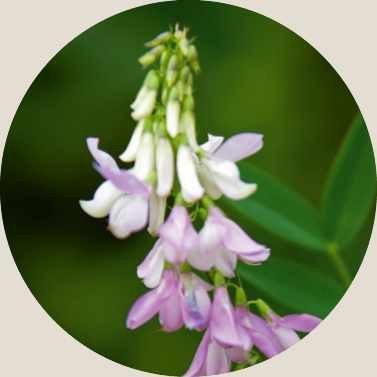
GOAT’S RUE
Its magical name harks back to the medieval pilgrims, who used it on sore feet and hooves.
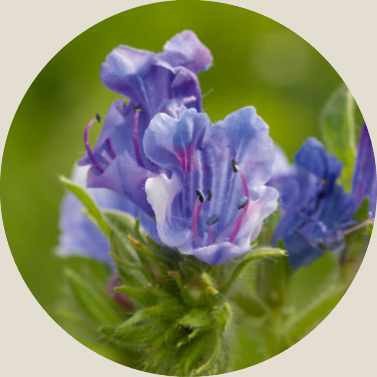
VIPER’S BUGLOSS
For me, this marks the old route of the A21 before the bypass was built. A burst of blue under a lamp post!
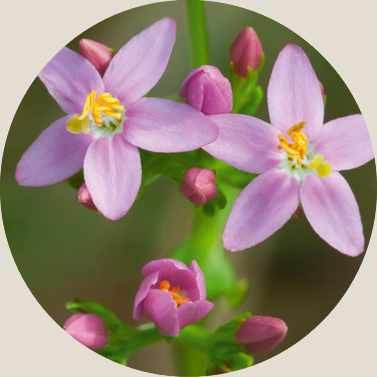
COMMON CENTAURY
Like little pink stars, host to tiny bugs, the blooms shine brightly among the verges even in dry conditions.
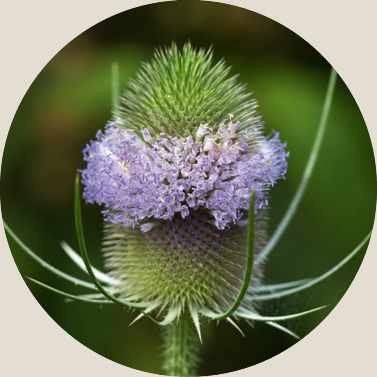
TEASEL
These iconic architectural perches for songbirds feed bees in the summer and birds in the winter.
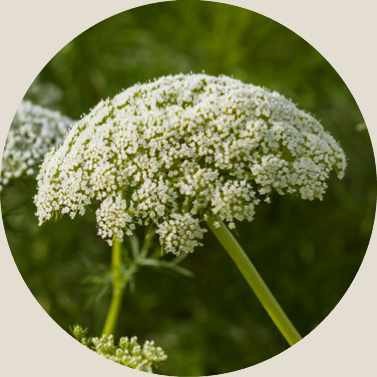
WILD CARROT
Beauty at every stage, from its decoy fly floret in the centre of the flower to the curled baskets at its end.

YELLOW RATTLE
This parasite is a friend to the meadow-maker, weakening grass enough to give other plants a foothold.
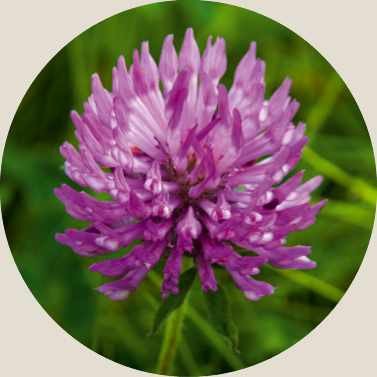
RED CLOVER
As plump and round as the bees it supports, and the hope of a lucky four-leaved find!
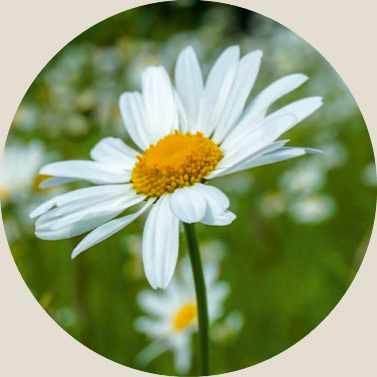
OXEYE DAISY
Can’t be beaten for mass cheeriness! Thousands of them crowd roundabouts next to dual carriageways.
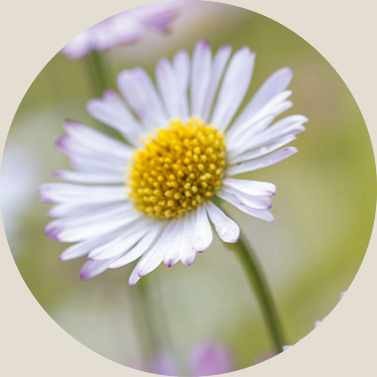
COMMON DAISY
My childhood love, from crawled-on lawns to daisy chains – so humble and tenacious.
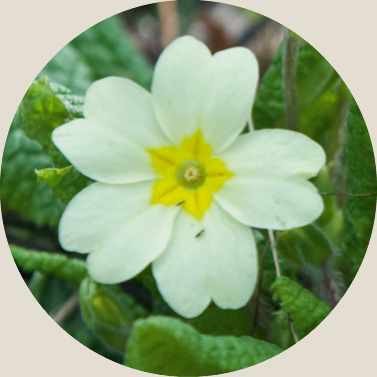
PRIMROSE
You know spring is on its way when you see the first primrose – such a hopeful flower.
How to paint flowers
10 tips from artist Nessie Ramm

1 PAINT FROM LIFE
I work in my studio so I take lots of photos to work from, but there is no substitute for studying the real thing, so I keep a jar of leaves or flowers on my desk for reference. Even in the depths of winter, I can usually find a leaf or two to help me.
2 UNDERSTAND WHAT YOU ARE LOOKING AT
Take time to look closely and use a magnifying glass if necessary, or scale and enlarge to see how a plant is put together at the petals and leaf nodes, and the shape of the stem. It’s the details that give each species its special character, so don’t just paint what you think you see.
3 WHAT YOU TAKE OUT IS AS IMPORTANT AS WHAT YOU PUT IN
There is so much going in when we see a flower – our brain only takes in what we ‘need’. Use a black-and-white photo to simplify the information, or instead of building up colour, try starting with a section of dark paint and remove it to describe a leaf. This will become your background.
4 VARY MARK MAKING
Sticks, ends of brushes, old rags or cloths and different size brushes all create different textures and marks to describe the variety of what you are seeing. Gather a selection and try them all with varying pressure to see the marks they make, then keep your favourites!
5 PLAY WITH TRANSLUCENCY AND OPACITY
Translucent light goes through a petal, like stained glass, and is different to opaque, which is chalky and light bounces off it. Oil paints have translucency ratings depending on the chalkiness of their pigments. Try modelling a leaf in translucent (sap) green and then add opaque (pale turquoise) highlights to see the effect.
6 SEPARATE FORM AND COLOUR
Form is 3D and colour is the way light hits the surface. A painting needs to convey both, but flowers can be tricky as they bend and catch the light. If you are struggling with the form, try modelling that in monochrome and adding colour once you’re happy you have the shape right.
7 EXPERIMENT WITH MEDIUMS
Painting mediums change the consistency, drying time and finish of your paint. Many of the historic ones are natural – some thicken paint without losing transparency; some speed painting up or slow it down, or make paint matt or glossy. Linseed oil paste and beeswax (pictured above) are two of my favourites, so give them a go.
8 EXPERIMENT WITH SURFACES
What you paint on is as important as what you paint with. I like to paint on metal and smooth surfaces so I can push the paint around; I am much happier with old road signs than a pristine rough canvas. Experiment with cardboard and other surfaces and find what works for you.
9 JUST DO 10 MINUTES
The first 10 minutes are the hardest and if I “just do 10 minutes” I’m invariably still there hours later! Sometimes, getting into a piece can be the hardest thing. I work every day, but compose ideas when I have lots of energy and save the executing for when I’m more sleep-deprived.
10 LEAVE IN THE MESS
We may feel the urge to tidy fallen wood, broken twigs, yellowed leaves and shrivelled seed-heads, but countless lives, including our own, depend on this mess. Ragged chewed leaves have their own beauty and suggest the ecosystem they and we are part of, so paint them in and the bugs, too.

Marian Boswall is a landscape architect and horticulturalist who specialises in regenerative landscape design. Her book Sustainable Garden was shortlisted for Garden Book of the Year 2022.
